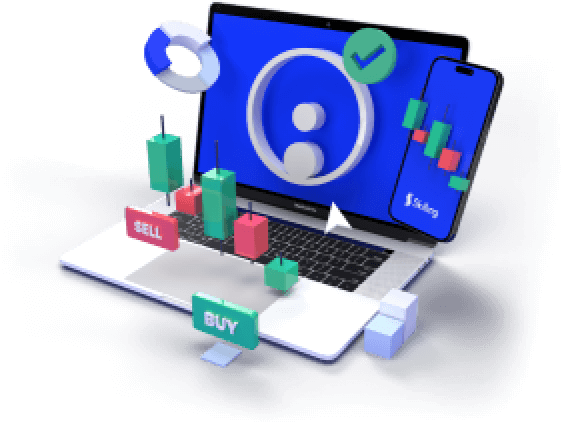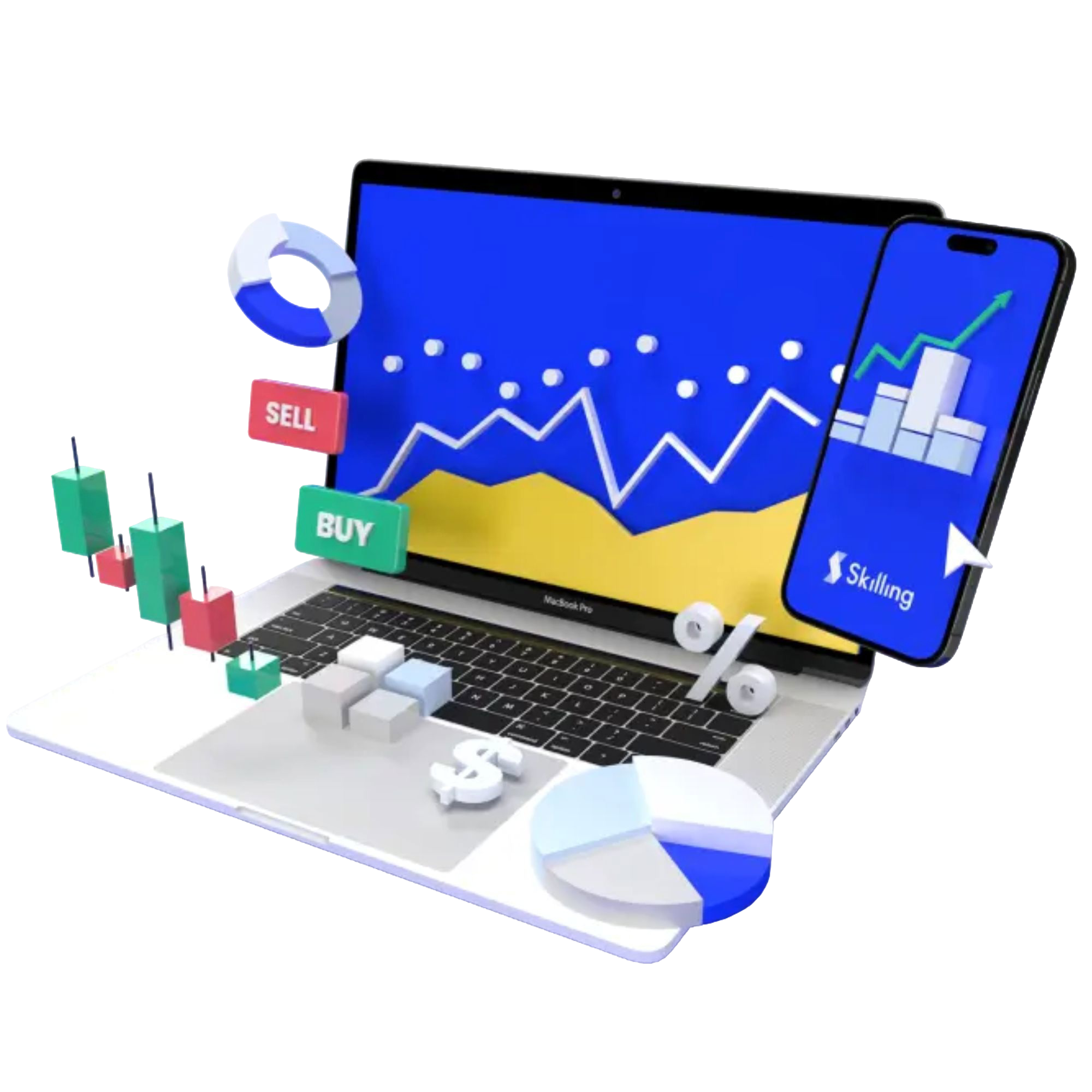

Have you ever paused to think about the intricacies of trading in stocks, Forex, or cryptocurrencies like Ethereum? One crucial component that underpins these transactions is the "order book." An order book can be likened to a comprehensive directory that displays all active buy and sell orders for a particular asset, detailing the prices at which traders are prepared to buy or sell.
What is an Order Book and what insights does it provide?
Picture an order book as an extensive ledger that systematically categorizes all buy and sell offers. It consists of two primary sections: "bids" and "asks." Bids represent the prices that buyers are willing to pay for an asset, while asks indicate the prices that sellers are willing to accept. The highest bid signifies the maximum price a buyer is ready to pay, whereas the lowest ask is the minimum price a seller will accept.
When a buyer's highest bid aligns with a seller's lowest ask, a trade occurs. This process of matching ensures the market operates smoothly, providing all participants with real-time price information and the quantities available for trading.
Order books are vital across various trading platforms, including stock exchanges, foreign exchange markets, and cryptocurrency platforms. By presenting a transparent view of current buy and sell interests, order books empower traders to make informed decisions.
In essence, an order book serves as a fundamental resource in trading, detailing the existing buy and sell orders along with their respective prices and quantities. This tool facilitates connections between buyers and sellers, enabling them to negotiate fair prices for their transactions.
Practice with a Demo Account
Try our demo account and experience real market conditions.
71% of retail CFD accounts lose money.

Example of an Order Book in action
Imagine you are trading Bitcoin using a CFD broker like Skilling, which allows you to speculate on Bitcoin price fluctuations without actually owning the asset.
On one side of the order book, you will find the "buy orders," representing traders eager to acquire Bitcoin at a predetermined price. On the opposing side, the "sell orders" show traders looking to part with Bitcoin at specific prices.
For instance, suppose Alice wishes to purchase 0.1 Bitcoin at $45,000; her order would be added to the buy orders list. Meanwhile, Bob wants to sell 0.05 Bitcoin at $46,000, so his order would be listed among the sell orders.
The order book continuously refreshes, reflecting real-time changes in trader interest. This dynamic tool helps traders assess market sentiment and determine optimal entry or exit points based on current supply and demand trends.
Types of orders in an Order Book
Order books typically handle three primary order types:
Market order:
This is an order to buy or sell an asset immediately at the best current price available. By placing a market order, traders agree to transact at the prevailing price, ensuring swift execution, although the exact price may fluctuate slightly by the time the order is filled.
Limit order:
This order allows traders to specify a price at which they are willing to buy or sell an asset. A limit order is only executed if the market price reaches the specified level. While limit orders provide greater control over pricing, there is no guarantee that they will be executed if the market does not meet the specified price.
Trade Demo: Real trading conditions with zero risk
Trade risk-free on Skilling’s award winning platforms with a 10k* demo account.
71% of retail CFD accounts lose money.

Stop order (or Stop-Loss order):
A stop order is triggered when an asset reaches a predetermined price, known as the stop price. Upon reaching this price, the stop order converts into a market or limit order (depending on how it was set) and executes at the best available price. Traders often utilize stop orders to limit losses or secure profits by automatically executing trades at specific price points.
Ready to embark on your CFD trading journey?
Don't wait, explore our in-depth guide today!

Trade globally with an award-winning CFD broker
When you trade with Skilling, an award-winning CFD broker, you gain access to over 1200 global assets available in the form of CFDs. Here’s how to get started:
- Sign up: Visit the Skilling website to create an account by entering your details and completing identity verification.
- Deposit funds: Add funds to your Skilling trading account using a variety of payment methods, such as bank transfers, credit/debit cards, or e-wallets.
- Choose an asset: Browse the extensive range of global assets on Skilling’s platform, including stocks, indices, commodities, forex, and cryptocurrencies. Select the asset you wish to trade.
- Analyze the market: Utilize Skilling’s tools and resources to conduct market analysis and make informed trading choices. Access real-time charts, technical indicators, and market news to guide your decisions.
- Place a trade: After identifying a trading opportunity, select your asset, determine your position size, and decide whether to buy (go long) or sell (go short). Input your desired price level and any additional parameters, such as stop-loss or take-profit orders.
- Monitor your trade: Keep track of your trade as it evolves. Skilling provides real-time updates on your positions, including profit and loss calculations.
- Close your trade: When it’s time to exit your trade, you can close it manually or set automated orders to secure profits or minimize losses.
- Withdraw profits: If your trade is successful, you can withdraw your earnings from your Skilling account to your bank account or e-wallet.
What's your Trading Style?
No matter the playing field, knowing your style is the first step to success.

FAQs
1. What is an order book?
An order book is a live record of buy and sell orders for a specific financial instrument, organized in a two-sided ledger format. It indicates the number of orders and the price levels at which traders are prepared to transact.
2. How does an order book function?
An order book operates by listing all active buy and sell orders for a financial instrument. New orders are matched with existing ones based on price and time priority. When a match occurs, a trade is executed, and the order book updates accordingly.
3. What distinguishes a bid from an ask in an order book?
The bid represents the highest price buyers are willing to pay, while the ask is the lowest price sellers will accept. The difference between these two prices is known as the spread.
4. How can I leverage the order book to guide my trading choices?
Traders analyze the order book to gauge market sentiment, pinpoint potential support and resistance levels, and assess the liquidity of an asset. By studying the order book, traders can enhance their decision-making regarding trade entries and exits.
5. Are other traders' orders visible in the order book?
Yes, the order book displays aggregated buy and sell orders at various price points, though it does not reveal the identities of individual traders. It summarizes the total quantity of orders at each price level.
6. How frequently is the order book updated?
The order book refreshes in real-time as new orders are placed, existing orders are canceled or modified, and trades are executed. This constant updating provides a current snapshot of market dynamics.











